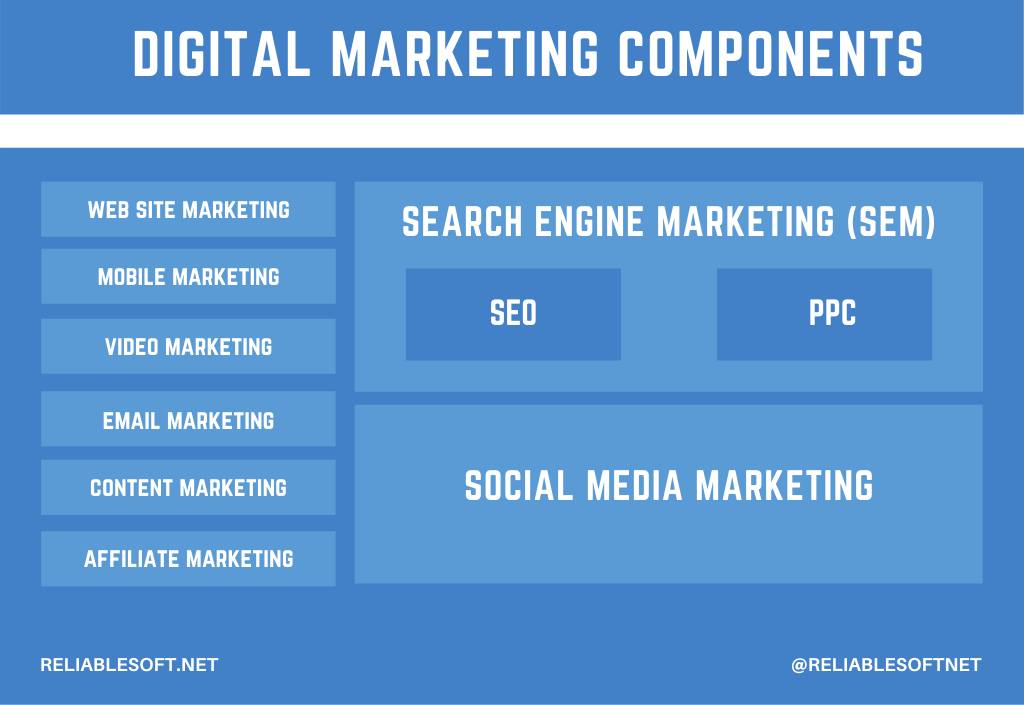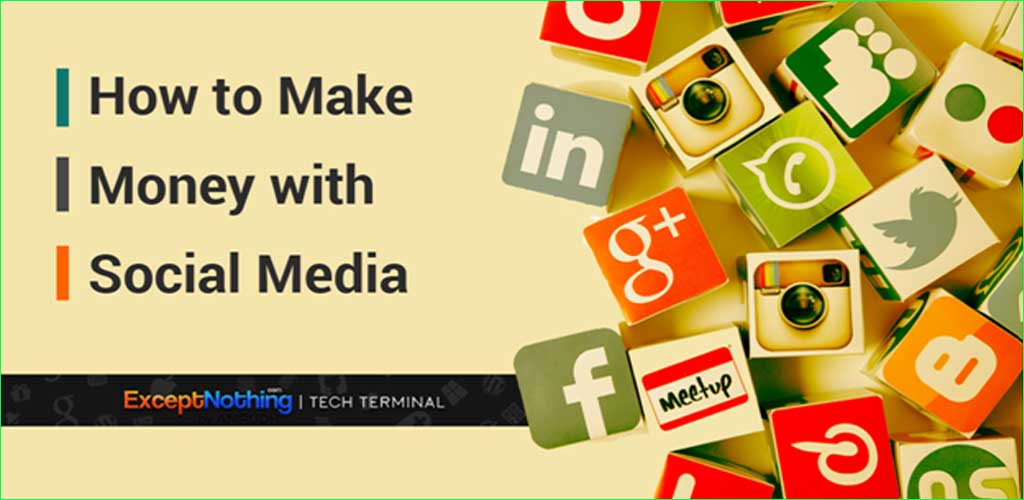
The key ingredient to creating traffic content is to answer prospects' questions, and then lead them towards a purchase. Include a call for action, links and buttons to social media. These tips will help create engaging content that converts buyers to visitors. Make sure to add a call-to action to your blog. Marcus Sheridan believes this is the secret sauce.
Meta description
Your meta description is a key element in search engine results. You should choose words and phrases to accurately describe your content as well as your call to action. To determine the best type of meta description, consider the context of your website. If you already have enough organic traffic, it is possible to try different lengths, phrasings, and keyword positioning to find the best one. You can also include meta descriptions to increase your conversion rate.
Call-to-action
A Call to Action on a site is designed to get visitors to take an action. A great CTA should be informative and persuasive. Apple's Learn More Before You Buy button is a good example. CTAs should change color when readers click on them and redirect them towards a different page. You can determine the effectiveness of your CTA by looking at how your site visitors get there.

Links
One of the easiest ways to increase site traffic is to include links in your content. It is essential to include internal links that link to pages within your website in order to improve search engine ranking. These internal links could be anything from call for action prompts or top-level navigation buttons. Internal links can also help to increase organic traffic volume. Search engine robots are able to find relevant content by using internal links. They can also increase traffic volume and visibility by improving the content of your internal links.
Social sharing buttons
You should consider who your traffic reader is before you place social sharing buttons on traffic material. Readers who have carefully read the content will share it. This is why they click the share buttons at bottom of pages. Scanners, on the other hand, may share content based solely on the title, a few sentences, or the reputation of the author. The ideal placement is either on the top-left-hand side or left-hand side.
Linking to other pages
Linking other pages to your site is key to increasing your traffic and ranking. It is logical to link sibling pages to sibling pages, and parent pages to child pages. This will increase your page rank and convert visitors. Yoast’s premium plugin can be used to link to sibling sites. Yoast SEO Premium offers an effective filter for orphaned contents, which allows you to identify pages and posts that do not have links.

FAQ
What's the role of a content strategist in marketing?
Content strategists can help understand what people search on the Internet. They make sure your website is optimized for search engines to help you rank high. They also create content for social media sites, like Facebook and Twitter. They also write copy for advertisements, blogs, websites and other media.
A content strategist works closely alongside a marketing department and helps to plan a cohesive strategy for the company's web presence. While content strategists can work alone, they will often collaborate with other members of the team to ensure each piece of content is useful.
What are the 7 steps in content marketing?
This seven-step content marketing process includes:
-
Identify the problem
-
Find out what's currently working
-
Make new ideas
-
Turn them into strategies
-
These are the best!
-
Get the best results
-
Keep going until you find the right solution.
This strategy is practical for both large and small businesses.
Which content marketing agencies are the most effective?
The majority of content marketing agencies have extensive experience creating content strategy for clients.
You can save a lot of time by having a plan tailored to your needs.
Don't assume every agency can provide the skills that you require. Some agencies specialize in niches like eCommerce. Others are specialists in particular industries, such law firms.
Ask them which areas they specialize in and find an agency that's right for you.
What are some common mistakes people make in starting a content-marketing program?
For any content marketing strategy, a plan is essential. You will waste your time and money if you don't have a plan. If you don't know how to use the content or where it should go, you will create a lot of content.
A well-thought out content marketing strategy will give you direction, focus and goals. It also helps keep everything on track as you move from phase to phase. It might help you to analyze what posts get the highest engagement rates, for example, when you start social media marketing campaigns. This will let you determine what posts will bring traffic to your site. From there, you can decide whether you want to create a series of blog articles or videos based on these results.
People make another mistake when they don't think about how long the content marketing campaign is going to last. If you are planning to launch a new site tomorrow, it is a good idea to write some content right away. But if you've been working on a content marketing strategy for six months, you probably want to wait until you have more data before pushing out new material.
It takes time and effort to create great content. Don't rush this step or think too fast.
You are a business owner looking to learn more information about content marketing. In that case, we recommend reading our guide on How To Create Content That Works, which includes ten steps to follow to ensure that your content marketing programs are effective.
Do I need to hire a writer for my Content Marketing?
No! You don't need to pay a professional writer to produce content for your business. There are tons available online that can assist you in getting started.
Why do I need a Content Marketing Strategy to succeed? Why not just send emails or post social media updates?
Two main reasons you might choose to ignore a Content Marketing Strategy.
-
It might seem that social media posts and email marketing are sufficient to get people talking.
-
This type of content might not be practical if you haven’t yet tried social media posting or email marketing.
Both of these assumptions is incorrect.
Email marketing and social media posts are great ways to connect with prospects and customers. They aren't sufficient by themselves.
A single email campaign won't be enough to help you achieve your goals. Instead, it needs to be part of a larger strategy. You can't rely on social media to help you reach your goals. These posts should be part of a larger plan.
This is where your Content Marketing Strategy comes in. You can control your entire content creation process by having a clear strategy.
This will allow you to focus more on the essentials of running your business like growing your audience or increasing conversion rates.
Although there are many benefits to a Content Marketing Strategy it does not mean that it is easy.
A strategy can make all the difference.
Statistics
- To further show the importance of this, 89% of people have stopped doing business with a company because of a poor experience. (neilpatel.com)
- This marketing strategy landed Ford a 15.4% conversion rate. (neilpatel.com)
- Seventy-two percent business to business (B2B) (mailchimp.com)
- We found that 40% of businesses don't have a documented strategy yet. (semrush.com)
- According to the Content Marketing Institute, 70% of B2B marketers and 86% of B2C marketers surveyed use content marketing in some form or other. (criteo.com)
- Content marketing produces 3X more leads per dollar spent. Content marketing costs 62% less than traditional marketing. (criteo.com)
- Forty-seven percent of buyers view 3 to 5 pieces of content before engaging with a sales representative. (mailchimp.com)
- Progress indicators (0–100%) allow each team member to see how attainable each goal is and understand what remains to be accomplished. (semrush.com)
External Links
How To
How to create stunning images
Images can make your content stand out among others. Images are one of most effective methods of communicating ideas visually. They are effective at drawing attention and increasing engagement. They make complex concepts easy to understand and can also be useful in highlighting key points in written content (e.g. blog posts, social media updates etc.). ).
Images can bring life to writing and presentations, and make them more engaging. It is possible to get less striking results if your images are not chosen correctly. This article will provide tips on how to choose the best images possible for your next project.
-
What makes an image great? Before you look at photos, there's a lot you need to know. First, make sure you choose clear and concise images. A cluttered photo isn't going to cut it - it won't grab attention as a clean, simple picture would. Also, avoid photos where people aren’t smiling or looking directly into your camera. This gives the impression that you aren't really interested in what you have to say. Last but not least, ensure the image doesn’t distract from your main message. It should not draw attention away from the content.
-
Find inspiration. Once you've got a list of potential candidates, it's time to go through them and find those that catch your eye. The first thing you should do is take a look at their captions. You may see captions in both the photo and the text. In either case, it is important to check that the caption is easy to read. Pay attention to what the photo is referring to. Do you expect to see someone having a good time in the photo? It might be a dangerous place. Maybe you associate it with sadness. Whatever the reason for your liking the image, think about how it relates with the message you wish to convey.
-
Try different types images. The best thing about using images in your content? They allow you to highlight certain parts of your text. You might want to include a picture of the product in action if you are writing about it. Likewise, if you've got an infographic on offer, you may want to include an image showing the presented data. Visual aids that are visually appealing will help to connect readers to the information you share.
-
Choose the right file format. You must remember which file format you should use when choosing images. There are two file types that you can choose from when working on web pages: JPEG or GIF. Both of these file formats are great, but each has advantages and disadvantages. JPEG files work well with all media, even websites and social media posts. They work particularly well for photos, as they store large amounts of data in a small space. They do tend to lose quality and become pixelated over time. GIFs are smaller than JPEGs, so they're better suited to graphics and animation. They do not support transparency so they are unsuitable as photos.
-
Other visuals are also welcome. Additional visuals are a great idea if you have trouble thinking of images. This can help you make your post more effective by creating a distraction-free atmosphere for your readers. They are less likely to leave the page when they read your article. Infographics are a great way to add visuals to your website. Infographics are extremely popular, as they provide a quick, easy way to share lots of useful information. These infographics are great for adding to blog posts.